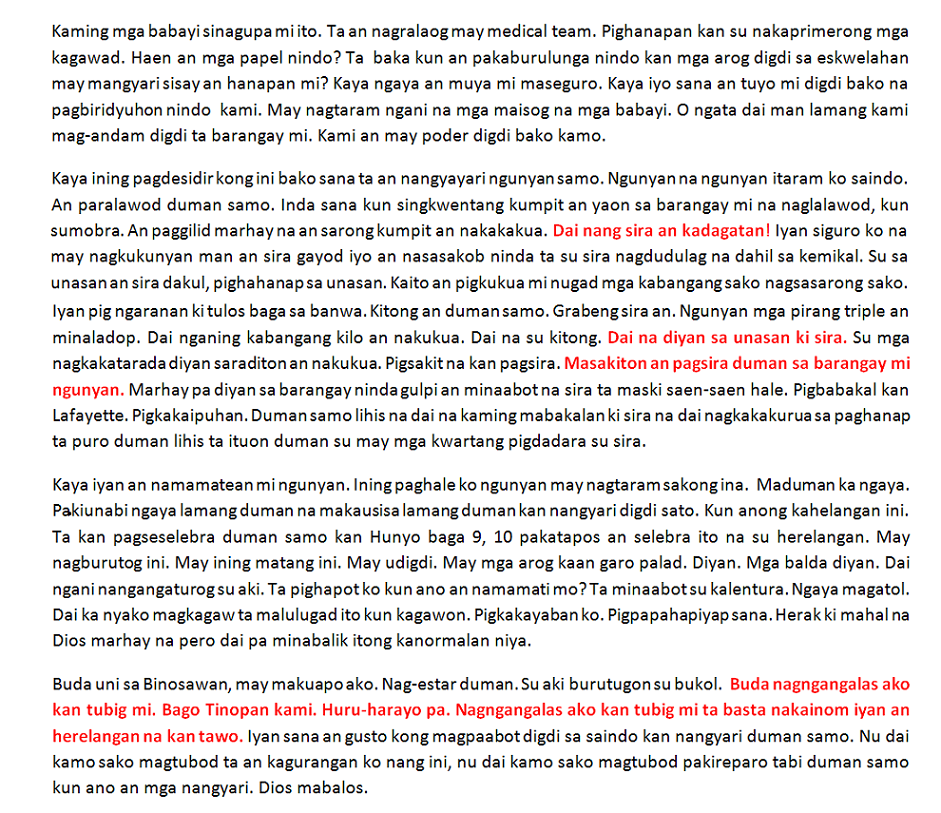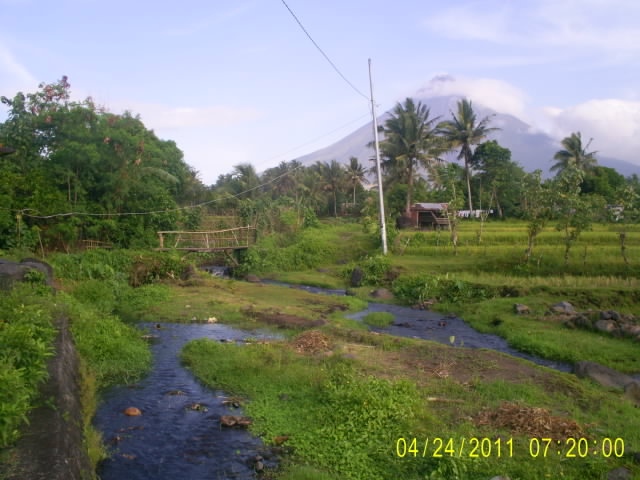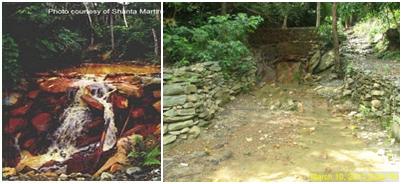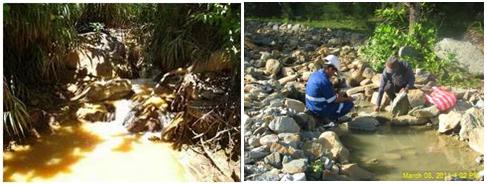What really happened on 7 December 2007?
After the Provincial Board, headed by Vice Governor Brando Sael, promised to hold a public hearing and conduct an investigation into the recent fish kill in Rapu-Rapu and on the Lafayette mining operations on the island, Board Member Celso Aytona who chairs the Committee on Environment scheduled a hearing of his committee.
The hearing was postponed two times. In both instances, the invited guests were not informed beforehand. The last time it was postponed, Aytona nor any of his staff did not even bother to inform anyone that the entire Board was scheduled for some out of town trip. Engr. Virgilio Perdigon, Dean of Aquinas University’s Polytechnic Institute and one of the invited speakers, could only fume in disgust at the lapses.
Finally, on 7 December, the Committee on Environment had a hearing. And what a hearing it was. Lafayette’s representatives were there, so were those from the DENR, EMB, BFAR, and 2 town councilors and 4 barangay chairs from Rapu-Rapu. Perdigon did not make it this time. Seeing that the panel of invited guests in attendance were generally perceived to be in favor of the mining company and in denial of the recent fish kills, several representatives from the people’s organizations who staged the Kampo ng Bayan in front of the capitol went to join the gallery and asked to be given time to testify also.
From the start the PO’s representatives, who were mostly Rapu-Rapu residents, felt they were not welcome at the hearing. This gut feeling was confirmed when, for some reason, the venue was changed unannounced during a recess. Instead of holding it at the regular Provincial Board Hall, it was held in another room inside the capitol.
When the representatives got wind of the ploy, they looked for and eventually found the new meeting venue. It was then that Aytona forbade them to join the hearing. They tried talking with two other Board Members, Erwin Baldo, Vice Chair of the committee, and Harold Imperial. But the two apparently had no say in the matter, or they too were of the same position as Aytona.
The hearing then proceeded undisturbed from henceforth. The same expected statements were said: Lafayette, its denials; DENR and EMB, its mining-friendly findings; BFAR, that they were still finishing their analysis (but that didn’t prevent their spokespersons to theorize in radio interviews the cause of the fish kill, from fish drowning for lack of oxygen to dynamite fishing). The perceived pro-Lafayette town councilors and barangay chairs also testified to the non-incidence of fish kill in barangays other than Poblacion. Except for one. The barangay chair of Binosauan testified to the presence of fish kill in her barangay.
Outside the capitol, the spurned representatives and Rapu-Rapu residents blasted Aytona’s decision and the one-sided hearing. Speakers took turns presenting the side of the affected residents to the public.
Aytona was heard to have reasoned out that it was a committee hearing, not a public hearing. And that it was his committee anyway. So what was it really, a committee hearing or a public hearing? Is the public not allowed to witness a committee hearing?
Whatever it was, several things came out with greater certainty on 7 December 2007.
- The Provincial Board’s Committee on Environment was not interested with the truth. It only wanted to put on official record that it did its job conducting a hearing, no matter if it was a mockery of one, and it was maneuvered in such a way that the consensus coming from it should favor the mining company and undermine the fish kill and its effects.
- Celso Aytona is one biased government official. And his bias is obviously not for the environment. He should not chair that committee.
- The interests of truth and justice were not served that day. Some others’ interests maybe, but certainly not those of the people of Rapu-Rapu.
































































































































No comments:
Post a Comment